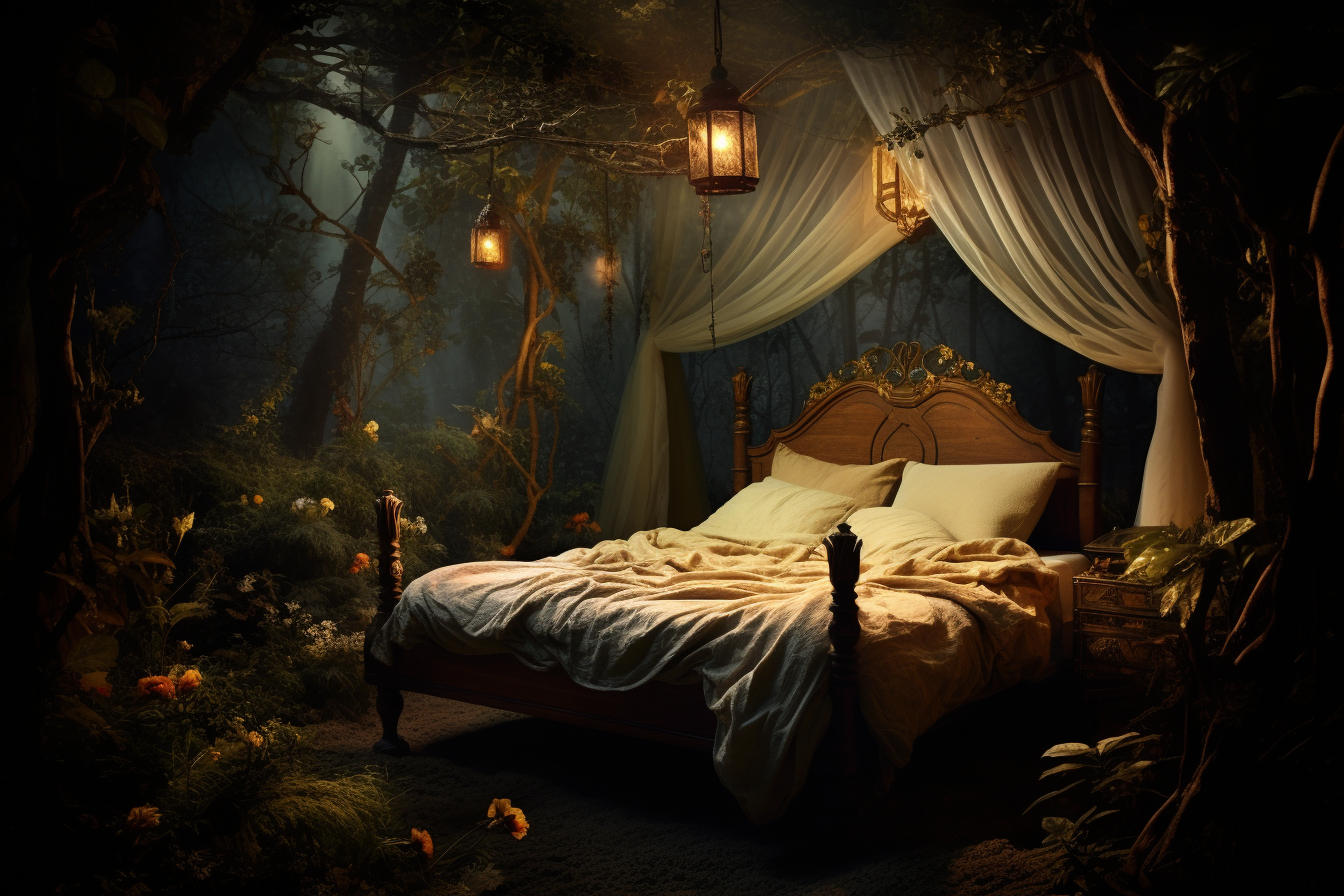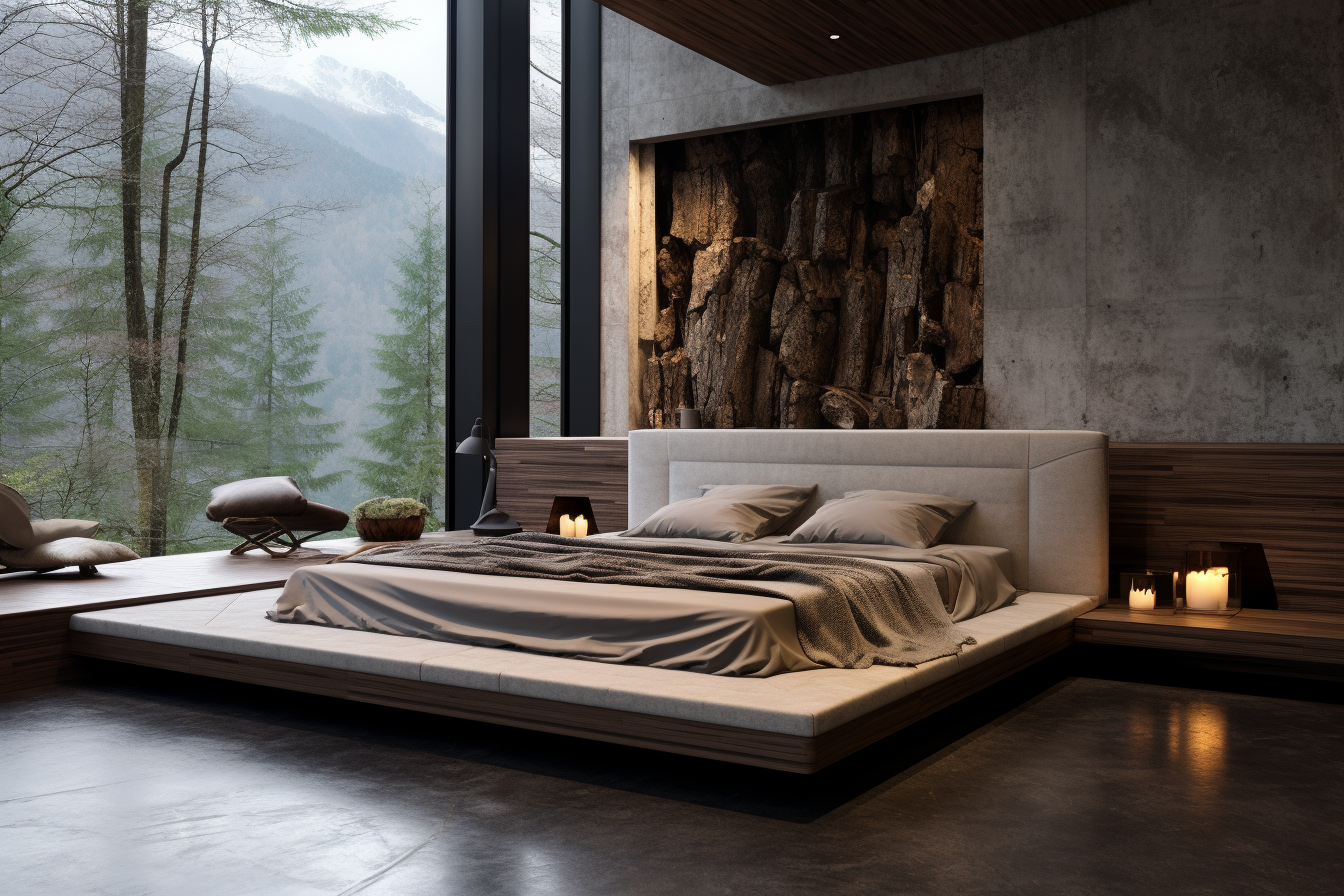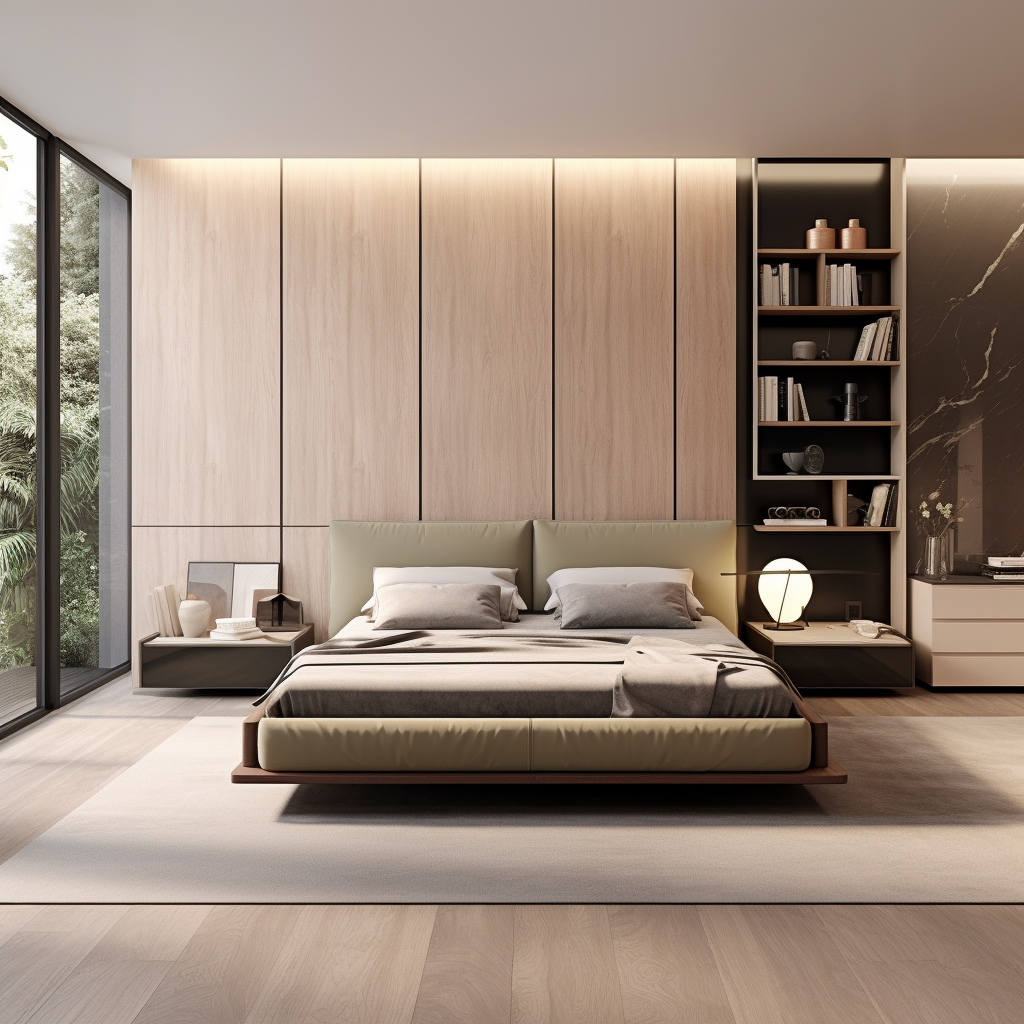You may be familiar with white noise from sound machines and apps designed to help you sleep or block distractions. But did you know there are actually several “sound colors” that all have unique audio properties?
Beyond basic white noise, there are varieties like pink, brown, and red noise too. In this comprehensive guide, we’ll explain what sound colors are, analyze how they differ, compare their benefits and ideal uses, and make recommendations to help you experience each. Let’s explore the spectrum of soothing sound colors!
Table of Contents
ToggleWhat Are Sound Color Frequencies?
To understand how white, pink, brown and red noise differ, you first need to understand sound frequencies.
The human hearing range is generally 20 Hz to 20 kHz. This spans from the deepest bass rumbles to the highest treble tones. Within this full spectrum, sound colors each have a distinctive distribution pattern of audio frequencies.
White noise contains equal strength across all frequencies within the human hearing range. It’s like a “flat” even signal.
Pink noise has more low frequency content, resulting in a deeper, rumbly sound compared to bright white noise.
Brown noise tilts the signal even more heavily toward lower bass frequencies for a deep thunder-like rumble.
Red noise contains the majority of its strength in the lowest bass frequencies, giving it a powerful boom.
Now let’s analyze each sound color’s frequency pattern more closely.
Comparing White, Pink, Brown and Red Noise Patterns
Here is an in-depth breakdown of how the frequency distribution and energy differs for each sound color:
White Noise
- Even signal strength across all audible frequencies, resulting in a bright, hissy sound similar to radio static.
- No single frequency dominates. Power is distributed evenly from the lowest bass to highest treble tones.
- Has a flat, uniform waveform when visualized due to the equal energy distribution.
- The most “random” signal, which helps mask other sounds well.
Pink Noise
- Low bass frequencies have the highest power, which steadily decreases as you move up the spectrum into the high treble tones.
- Mimics the natural healthy frequency distribution found in nature. Often called the “frequency of life.”
- Has a deeper, rumbly, lower-pitched quality than white noise. Not as harsh or bright sounding.
- Pink noise signal strength drops by 3dB with each octave increase in pitch.
Brown Noise
- Highest signal intensity is at the lowest bass frequencies under 100 Hz. Intensity drops sharply as frequency rises.
- Much less energy in the midrange and treble compared to white and pink noise. Very deep, thunder-like rumbling sound.
- Studies show brown noise promotes deep delta brainwave state for deep sleep.
- Brown noise power diminishes by -6dB with each increase in octave. Drops off more rapidly than pink or white.
Red Noise
- Almost all the strength is concentrated in the deepest low bass frequencies under 100Hz. Mid and high tones are heavily dampened.
- Creates a powerful, booming rumble punctuated by deep pulses.
- Lowest-pitched sound color. Frequencies drop off sharply at -12dB per octave, giving the “thumping” quality.
- Can be felt physically as pulsating vibrations rather than just being audible.
Now that you understand how the sound frequencies differ, let’s compare the benefits each offers.
Comparing the Benefits of White, Pink, Brown and Red Noises
Here’s an overview of the different perks offered by white, pink, brown and red noise signals based on their sound properties:
White Noise
- Masks distracting sounds well due to equal frequency distribution. Blocks out voices, barking, cars etc.
- Alleviates tinnitus ringing due to containing all frequencies that may mask the phantom noise.
- Promotes light sleep stages with its brighter sound. Not ideal for deep sleep.
Pink Noise
- More relaxing lower-pitched sound than white noise. Easier on the ears for long-term listening.
- Helps improve focus and concentration thanks to how its frequency spectrum mirrors natural sounds.
- Promotes transition to deep NREM sleep stages. Rumbly quality is calming.
Brown Noise
- Strongest sleep-promoting and insomnia-treating effects of all sound colors thanks to deep bass tone.
- Blocks lower-frequency background rumbles like vehicles or loud appliances.
- Provides mood-boosting, stress-lowering benefits. Feel-good low frequencies may stimulate the vagus nerve.
Red Noise
- Most effective at soundproofing since it blocks very low bass sounds including subwoofers and engines.
- Alleviates conditions aggravated by oversensitivity to low-frequency vibrations and sounds.
- Not recommended for long-term listening due to fatiguing thumping quality. Better for short sound masking uses.
Now that you know the main benefits, let’s explore how to choose the right sound color based on your goals.
How to Select the Ideal Sound Color for Your Needs
Here are tips for selecting the noise variety that will work best for your specific goals:
If you want to block distracting noises and voices, choose: White noise – its uniform frequency spread masks talking, barking, music etc. well. Can also be pink or brown noise.
If you want to fall asleep faster and sleep more deeply, choose: Brown noise – its deep, low thrum promotes delta brainwaves for deep NREM sleep. Pink works well too.
If you want to concentrate better while working or studying, choose: Pink noise – mirrors natural soothing sounds like rain or waves. White is second choice.
If you want to alleviate ringing or buzzing in ears, choose: White noise – includes the widest band of tones so likely to cover up tinnitus noises.
If you want to dampen sounds of vehicles or loud appliances, choose: Brown or red noise – their super deep bass rumbles block these low frequency disturbances.
If you want to soundproof a room from building vibrations or loud music, choose: Red noise – isolates and absorbs the most intense low-end auditory vibrations.
Once you know your goal, experiment with listening to 15-30 second clips of each until you find the optimal sound color that achieves your desired result.
How Are White, Pink, Brown and Red Noises Created?
These sound colors originate from both natural and artificial sources. Here are the ways they are produced:
White Noise
- Naturally generated from fast-flowing rivers, strong waterfalls, and storm winds.
- Electronically created by combining random audio signals or frequencies over the 20-20kHz hearing spectrum.
- Produced by dedicated white noise machines or sound masking systems.
- Created digitally using audio editing software to mix a full spectrum signal.
Pink Noise
- Naturally present in soft rain, small waterfalls, and light surf. The most common natural sound color.
- Artificially produced by filtering white noise to dampen higher frequencies based on the -3dB per octave slope.
- Created by audio software filters that apply the necessary equalization contour.
- Produced in acoustic systems using comb filters to generate the desired frequency roll-off.
Brown Noise
- Naturally generated from low rumbling thunder and strong storm winds.
- Created artificially by high-pass filtering white or pink noise to isolate lower frequencies per the -6dB slope.
- Produced by audio editing software applying a parametric EQ filter to dampen mid/high pitches.
- Created electronically using infinite impulse response filters to shape the frequency contours.
Red Noise
- Naturally produced by volcanic eruptions, avalanches, and earthquake vibrations.
- Artificially generated by aggressive low-pass filtering of white or pink noise to retain only the deepest bass boom.
- Created through audio editing software by dramatically reducing midrange/treble frequencies while boosting low bass.
- Produced electronically via signal modulation to concentrate energy in sub-100Hz.
Now that you understand how they are created, let’s go over some listening recommendations and tips.
Listening Recommendations for Sound Colors
To safely and enjoyably listen to white, pink, brown and red noise signals, follow these tips:
- Listen at a moderate, comfortable volume to avoid ear strain or damage from excessive volume.
- Take occasional short listening breaks to prevent auditory fatigue, especially with higher-pitched white noise.
- Experiment with the tone pitch to find a frequency you find relaxing. Some respond better to lower-pitched noise versus overly bright and hissy white noise.
- For sleep, use a timer or fade function so the noise stops rather than looping all night long.
- Alternate between noise colors to prevent your brain from adapting to any single sound over time.
- Try listening through open air speakers first to experience the resonating vibrations. Headphones boost intimacy.
- When working, adjust volume to mask distracting sounds while still allowing you to hear speech and music.
By following these tips, you can safely unlock all the benefits sound colors have to offer for sleep, focus, relaxation and beyond!
FAQs About Sound Color Noises
Still have some questions about using and comparing white, pink, brown and red background noise signals? Here are answers to some frequently asked questions.
What are the key differences in sound frequencies between the noise colors?
White noise has a flat, equal distribution while pink, brown and red progressively shift strength toward lower bass frequencies. Pink is more balanced, brown is deeper, and red is dominated almost solely by deep sub bass.
Which sound color is best for getting better sleep?
Brown and pink noise tend to be best for sleep since they mirror the soothing rhythms of nature. The deep rumble of brown noise in particular encourages deep NREM and delta sleep states.
Can you generate these sound colors yourself without recordings?
Yes – you can approximate these noise colors using things like running water, small desktop fans, crinkling paper, and rumbling home appliances on low. Natural sounds tend to follow the pink noise frequency pattern.
What’s the best way to listen to white, pink, brown and red noise signals?
For privacy and portability, listen through noise canceling headphones. For whole-room sound masking or deep immersion, use speakers placed around the space. Smartphone apps offer easy access.
Can listening to sound colors at high volumes damage your hearing?
Yes, excessively loud volumes of white or pink noise especially can contribute to ear damage over time. Keep volume moderate and take frequent breaks. If you experience ringing or muffled hearing, lower the level.
Conclusion
We hope this guide has helped explain the differences between soothing sound colors like white, pink, brown and red noise. Now that you understand their unique sound properties and frequency distribution patterns, you can intentionally choose the right variety tailored for sleep, concentration, sound masking and your other needs. Experience the spectrum of sound colors and unlock their benefits through safe, informed listening.
Originally posted on September 19, 2023 @ 5:30 am
Author
-

Dr. Barry Jarvis is a renowned sleep specialist, dedicating their illustrious career to the intricate world of sleep medicine. Holding a medical degree from a prestigious institution, Dr. Jarvis has cultivated a deep understanding of the complex mechanisms that govern sleep and its pivotal role in overall health and well-being. With a compassionate approach and a meticulous eye for detail, Dr. Jarvis has helped countless individuals reclaim restful nights and vibrant days. Beyond their clinical expertise, they have contributed to groundbreaking research in sleep medicine, unraveling the mysteries of sleep disorders and pioneering innovative treatments that stand at the forefront of the field.
Dr. Barry Jarvis
Dr. Barry Jarvis is a renowned sleep specialist, dedicating their illustrious career to the intricate world of sleep medicine. Holding a medical degree from a prestigious institution, Dr. Jarvis has cultivated a deep understanding of the complex mechanisms that govern sleep and its pivotal role in overall health and well-being. With a compassionate approach and a meticulous eye for detail, Dr. Jarvis has helped countless individuals reclaim restful nights and vibrant days. Beyond their clinical expertise, they have contributed to groundbreaking research in sleep medicine, unraveling the mysteries of sleep disorders and pioneering innovative treatments that stand at the forefront of the field.






